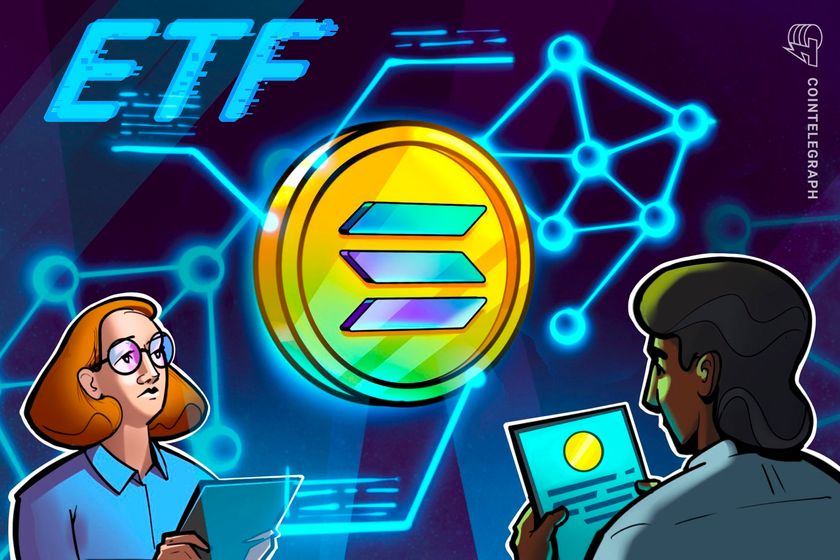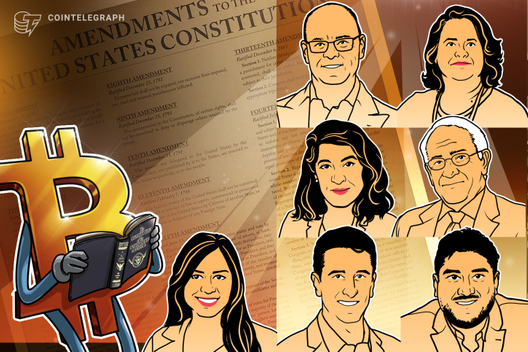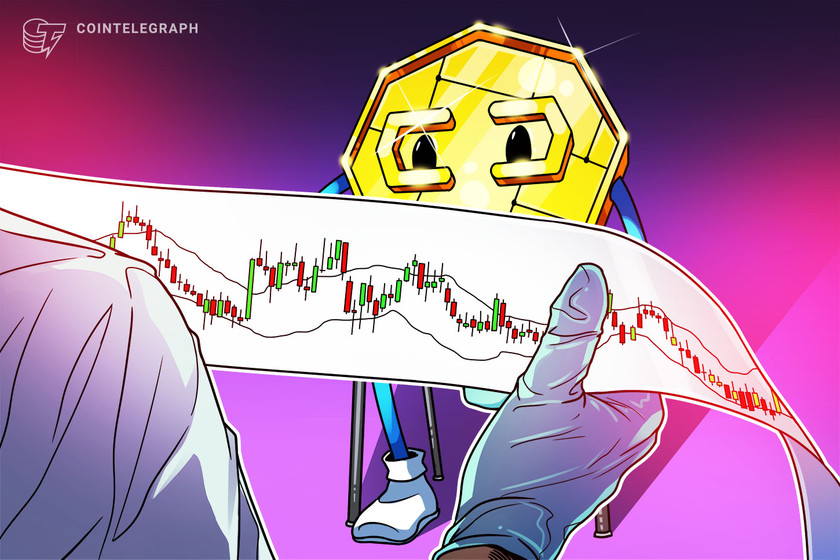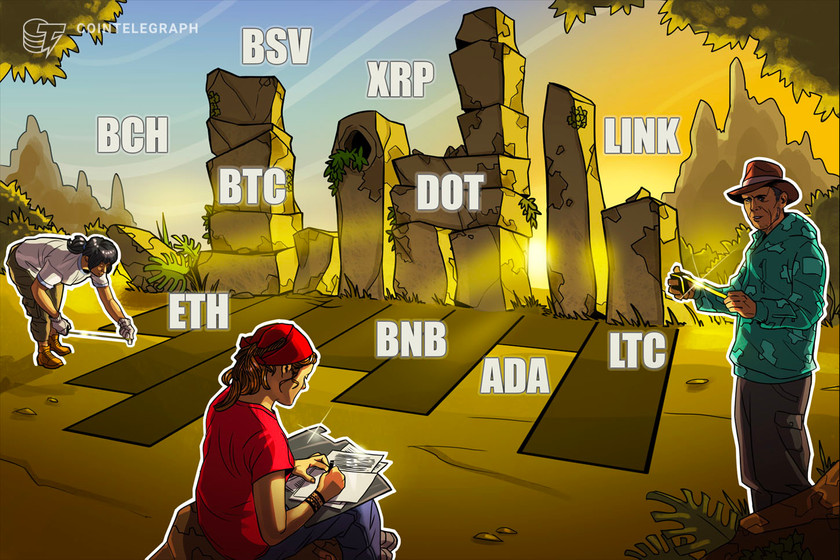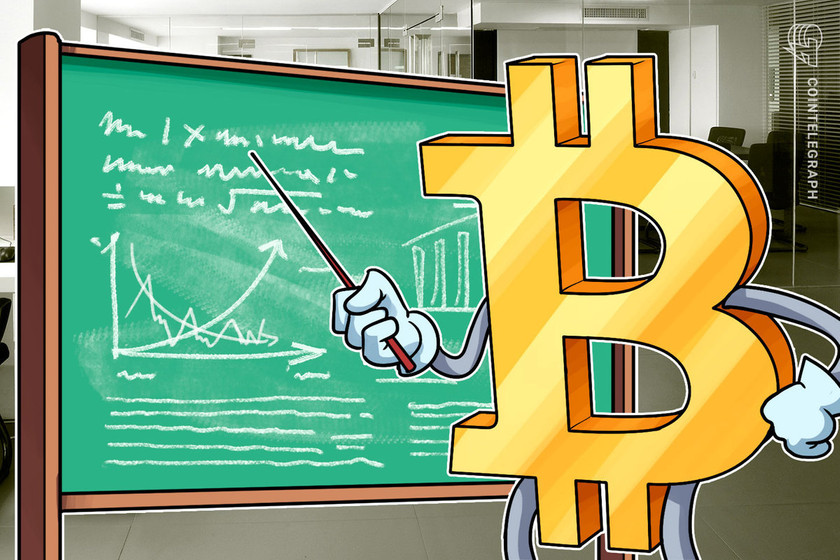Stablecoin market cap increases by $100M every single day
‘DeFi yields and interest rates are clearly a vacuum sucking in a lot of stablecoins,’ says Coin Metrics’ Nic Carter.

The rise of DeFi protocols and the demand for tokens in liquidity pools may be contributing to a huge surge in the supply of stablecoins.
According to an Sept. 3 tweet from Coin Metrics co-founder Nic Carter, the current supply of stablecoins Binance USD (BUSD), Dai (DAI), HUSD, Paxos Standard Token (PAX), USD Coin (USDC), USDK, Tether (USDT), USDT_ETH, and USDT_TRX has been increasing by roughly $100 million daily for almost two months.
“Everyone got so excited about DeFi no one pointed out that stablecoins have been adding $100m/day since mid-July,” said Carter. “DeFi yields/interest rates are clearly a vacuum sucking in a lot of stablecoins.”

Stablecoins are popular among the tokens used in liquidity pools for DeFi protocols which have been popping up in ever greater numbers this year, offering larger and larger yields in the competition to attract locked funds. DAI and USDC are also the most lent and borrowed stablecoins in the Compound protocol and are also the most borrowed stablecoins in Aave.
However, Tether still holds 80% dominance over the stablecoin market. According to data from CoinMarketCap, the total market capitalization of Tether increased from $9.2 billion on July 15 to more than $13.7 billion as of today, a jump of almost 50%. USDT’s trading volume has surged roughly 150% in the same time period, from $21.9 billion to more than $54 billion as of this writing.
Regulators are beginning to take notice as well. Andrew Bailey, Bank of England’s governor today said that stablecoins could offer some “useful benefits” for U.K. investors, such as reducing friction in payments, but he warned the coins “must have equivalent standards to those that are in place today for other forms of payment types and the forms of money transferred through them.” Bailey also pointed out the need for coordinated international regulations on stablecoins:
“A global stablecoin is a cross-border phenomenon. It can be operated in one jurisdiction, denominated in another’s currency, and used by consumers in a third. The regulatory response must match this.”



